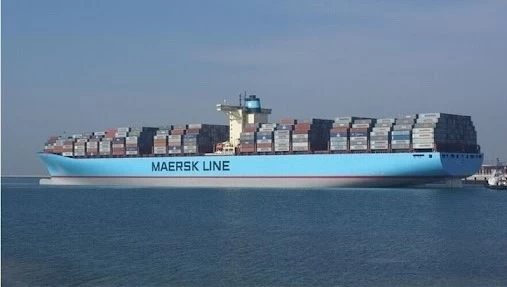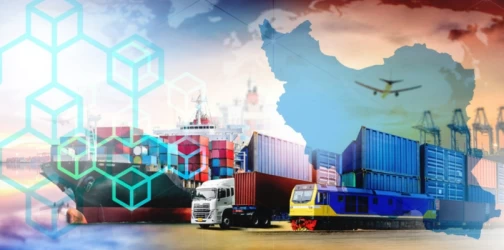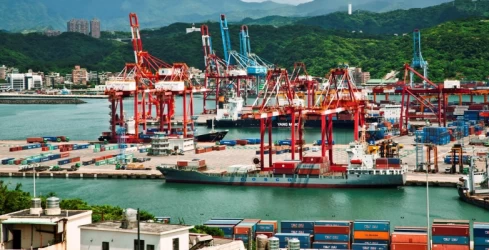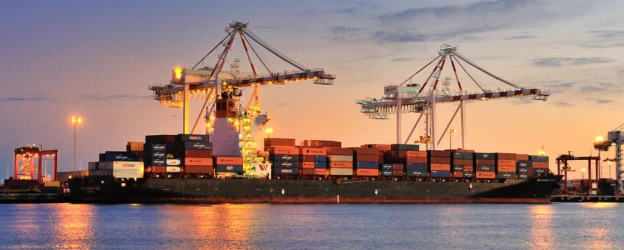Sea freight in Shenzhen port
Shenzhen, a major city in Guangdong province, is renowned for its rapid economic growth and is one of China's most significant ports. Shenzhen Port has become a pivotal hub for maritime transportation in Asia, facilitating global trade and enhancing connectivity. This article provides an in-depth look at the maritime transportation landscape of Shenzhen Port, its significance, infrastructure, services, and future prospects.
Historical Context
Shenzhen's transformation from a fishing village to a bustling metropolis began in the late 1970s when it was designated as China's first Special Economic Zone (SEZ). Since then, Shenzhen Port has expanded rapidly, becoming one of the largest container ports in the world. Its strategic location, adjacent to Hong Kong and access to the Pearl River Delta, has made it an attractive point for maritime trade.
Significance of Shenzhen Port
Shenzhen Port plays a crucial role in facilitating international trade, serving as a gateway for goods entering and leaving China. The port is vital for:
- Global Trade: As a primary port for container shipping, it connects various international markets and contributes to China's export-driven economy.
- Regional Economic Development: The port supports local industries, including electronics, textiles, and machinery, by providing efficient transportation and logistics solutions.
- Employment Opportunities: The port creates numerous jobs in shipping, logistics, and related sectors, contributing to the local economy.
Infrastructure
1. Port Facilities
Shenzhen Port comprises several terminals, each equipped with advanced facilities to handle various types of cargo. Key terminals include:
- Yantian International Container Terminals (YICT): One of the largest container terminals, handling a significant volume of cargo and equipped with state-of-the-art technology for efficient operations.
- Shekou Container Terminal: Specializes in handling containerized cargo and provides excellent access to the urban center of Shenzhen.
- Huanggang Port: Focused on cross-border trade, particularly with Hong Kong, facilitating the swift movement of goods.
2. Connectivity
Shenzhen Port boasts excellent connectivity through a network of roads, railways, and airports. The port is linked to the Guangdong-Hong Kong-Macao Greater Bay Area, enhancing the movement of goods both domestically and internationally. The integration of logistics services, including customs clearance and warehousing, further streamlines operations.
Maritime Services
Shenzhen Port offers a wide range of maritime services that cater to shipping companies and businesses:
- Container Handling: Efficient loading and unloading of containers, minimizing turnaround time for vessels.
- Customs Clearance: Streamlined processes for customs documentation and inspections, ensuring compliance with international trade regulations.
- Transshipment Services: Facilitating the transfer of containers between vessels, enhancing connectivity with global shipping networks.
- Value-Added Services: Including warehousing, packaging, and distribution, which provide comprehensive logistics solutions for businesses.
Challenges and Solutions
Despite its success, Shenzhen Port faces several challenges, including:
- Congestion: Increasing cargo volumes can lead to port congestion, affecting turnaround times and operational efficiency.
- Environmental Concerns: The growth of maritime activities poses environmental challenges, such as air pollution and water quality issues.
To address these challenges, the port authorities are implementing measures such as:
- Investment in Infrastructure: Expanding port facilities and improving traffic management systems to alleviate congestion.
- Sustainable Practices: Promoting eco-friendly practices in port operations, including the use of cleaner fuels and waste management initiatives.
Future Prospects
The future of Shenzhen Port looks promising, with ongoing investments in infrastructure and technology. The port is expected to continue playing a vital role in global trade, particularly as China's Belt and Road Initiative (BRI) expands connectivity with other regions. The integration of smart port technologies, such as automation and data analytics, will further enhance operational efficiency and sustainability.
Conclusion
Shenzhen Port stands as a testament to China's remarkable economic transformation and its pivotal role in international maritime trade. With its state-of-the-art infrastructure, comprehensive services, and strategic location, the port is well-positioned to meet the demands of the global shipping industry. As challenges arise, proactive measures and continuous innovation will be essential to maintain Shenzhen's status as a leading maritime transportation hub.
If you have any specific questions or need further assistance, feel free to ask!











